Most sheep are known to excel in particularly one aspect, such as providing meat or milk, while others provide the finest wool.
For maximum productivity, there are a number of things to consider, including the sheep’s health, disease resistance, the climate and environment, longevity, hardness, the choice of breeding mate, prolificacy, and growth efficiencies among other things.
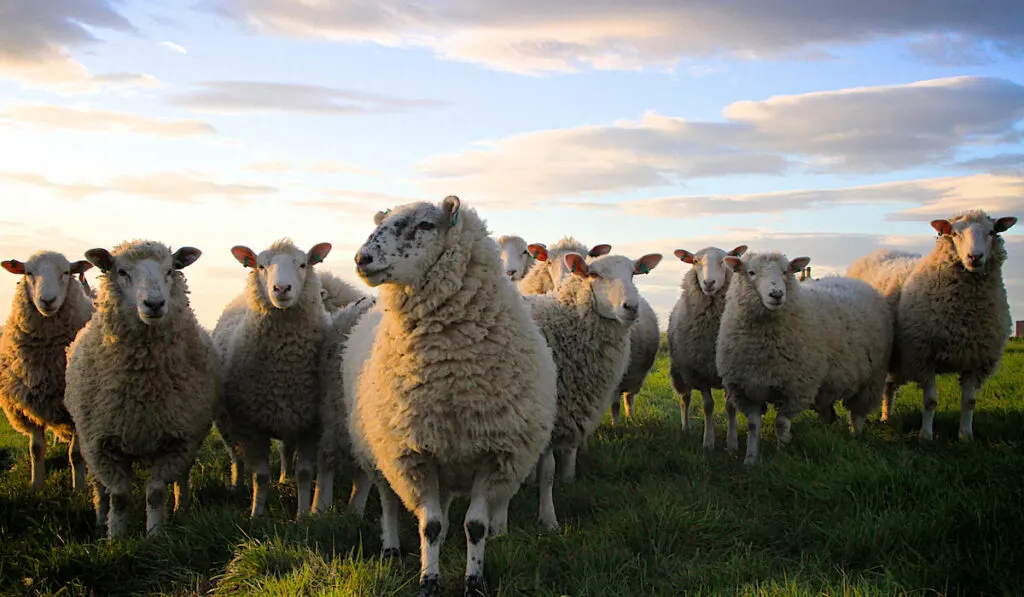
Most sheep are multipurpose, meaning that they can produce both meat and wool, milk and meat, pelts and wool, and other combinations. According to statistics, there are over 1000 breeds of sheep in different parts of the globe.
Let’s take a look at the top sheep breeds for wool.
1. Merino sheep
Merino sheep are famous for producing ultra-fine and soft wool. This breed is originally from Spain but thrives well in the extreme climates, among them the southern hemisphere regions of Australia, New Zealand, South Africa, Chile, and Argentina.
However, note that those bred for their mutton do not produce quality wool compared to those specifically bred for wool.
The wool is shorn once a year and marketed to textile industries mainly for making clothes and accessories for babies.
Wool specifications:
Wool type: Ultra-fine wool fleece
Length: 2.6 – 3.9 inches
Fiber diameter: 23 microns
Fleece weight : 6.6 – 13.2 lbs
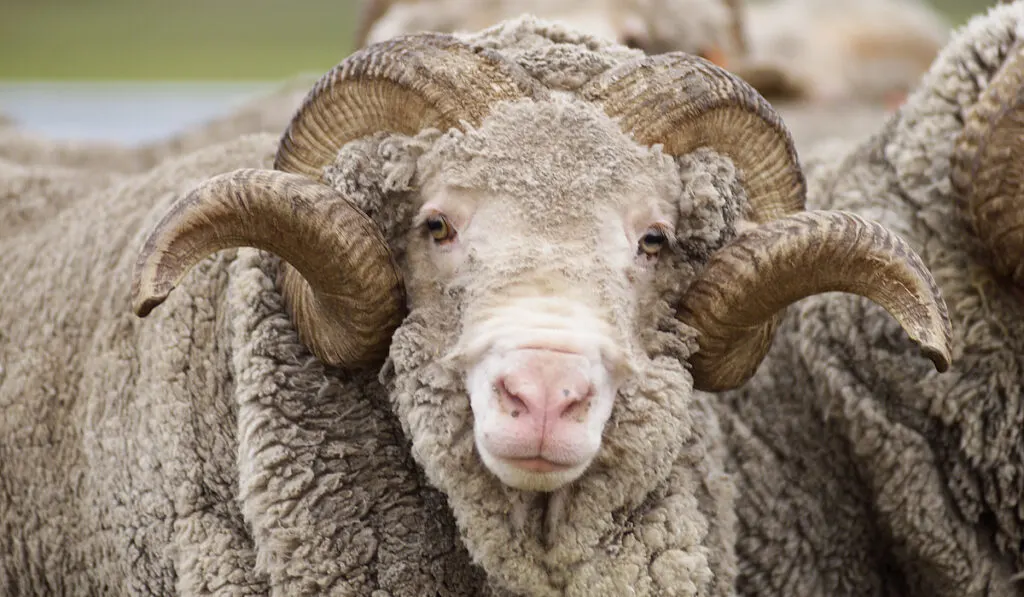
2. Norwegian sheep
The Old Norwegian spelsau is treasured so much by both textile industries and knitters for its two-layered woolen coat. The outer layer is tough and water-resistant, while the inner layer is gentle and soft, suitable for softer mats and threads.
Wool specifications:
Length: 80 -120 mm long
Fiber diameter : 29 – 36 microns
3. Columbia sheep
This breed is the result of crossing Rambouillet and Lincoln sheep breeds. It was developed in America in 1912, as a meat lamb with better qualities, and much more wool.
This breed is popular for the heavy, white fleece and its adaptability to various extreme environments. They start producing wool about 8 months after birth.
Wool Specifications:
Wool type: Heavy, medium-wool fleece
Length: 3.5 – 5 inches
Fiber diameter: 23 – 30 microns
Fleece weight: 12 – 16 lbs
4. Masham sheep
Found mainly in northern England, the Masham is a cross between a Wensleydale or Teeswater ram with Swaledale or Dalesbred ewes, which are both hardy hill breeds.
The fleece is long and lustrous, suited for combing due to its length. This makes it in high demand for specialty products like dolls, because of the limited availability. It’s also spectacular when colored or dyed.
Wool specifications:
Length: 6 – 15 inches
Fiber diameter: 38 – 44 microns
Fleece weight: 250 g
5. Shetland sheep
Being the smallest of the British breeds, Shetland sheep produce fine, soft, and silky wool, which makes it a favorite with the knitting industries. The wool may be in several shades including white, brown, grey, and black.
Shetlands are highly adaptive to different environments, prolific, and provide soft and fine quality wool. They start fleece production at the age of 6-8 months.
Wool specifications:
Wool type: heavy medium-wool fleece
Length: 3.5 – 5 inches
Fiber diameter: 20 – 33 microns
Fleece weight: 2 – 4 lbs
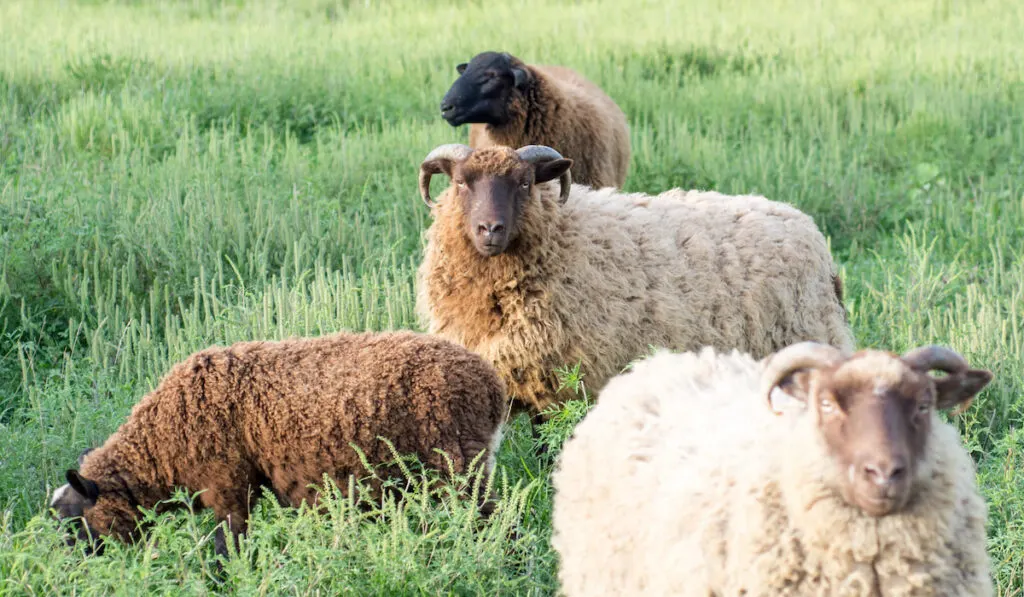
6. Lincoln sheep
This breed is popular amongst weavers and designers for its longest, heaviest, finest, and most lustrous fleece of all sheep breeds. Their wool, characterized by heavy locks, is most suitable for hand-crafts and can be blended with mohair for stronger fiber.
Wool specifications:
Wool type: heavy, long, and lustrous wool fleece.
Length: 100 – 150 mm
Fiber diameter: 35 – 40 microns
Fleece weight: 12 – 16 lbs
7. Rambouillet sheep
This descendant breed of the Spanish Merino is largely found in America and regarded as the backbone of the American sheep industry.
It is a multi-purpose breed since it produces a succulent carcass as well as good, dense, and high-yielding fine wool, whose pigmentation ranges from cream to white.
The wool can be shorn at an average interval of 9 months with a yield of 35 – 55%.
Wool specification:
Wool type: medium-wool fleece.
Length: 4.5 inches
Fiber diameter: 60 – 70 microns
Fleece weight: 8 – 18 pounds
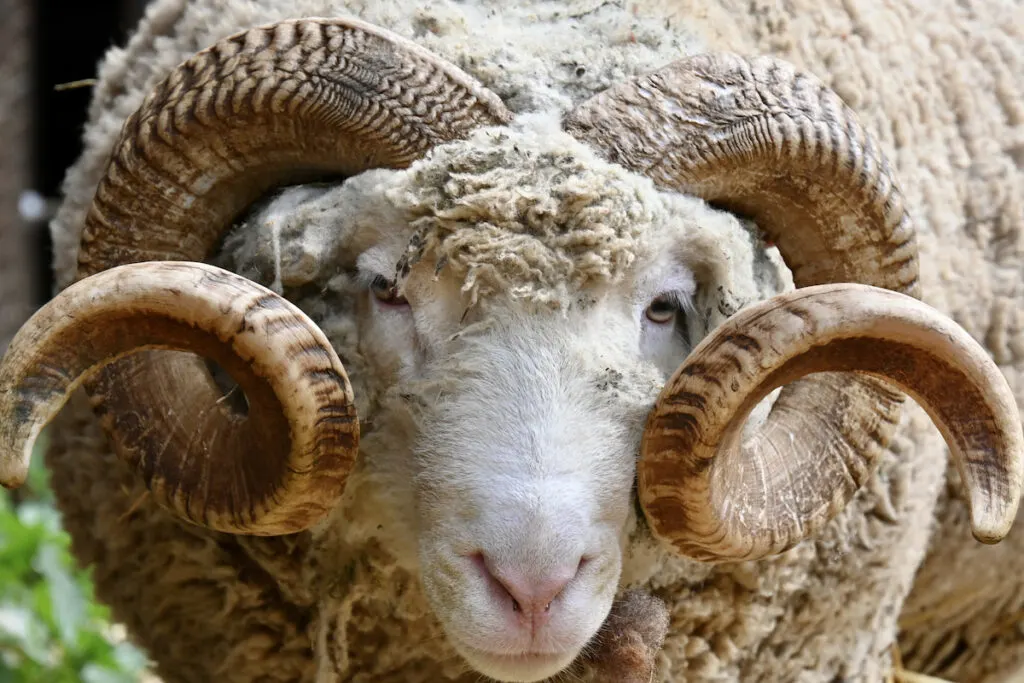
8. Suffolk sheep
This is a cross-breed between the Norfolk and Southdown breeds. Its short, dense fleece is popular in knitwear in making clothes, blankets, scarves, and other items where a good and heavy bulk is required.
The wool is harvested from when they are 6 – 8 months old, with an output of 50 – 60% yield of the full weight.
Wool specification:
Wool type: Heavy, soft medium-wool fleece
Length: 2 – 3.5 inches
Fiber diameter: 25.5 – 33 microns
Fleece weight: 5 – 8 lbs
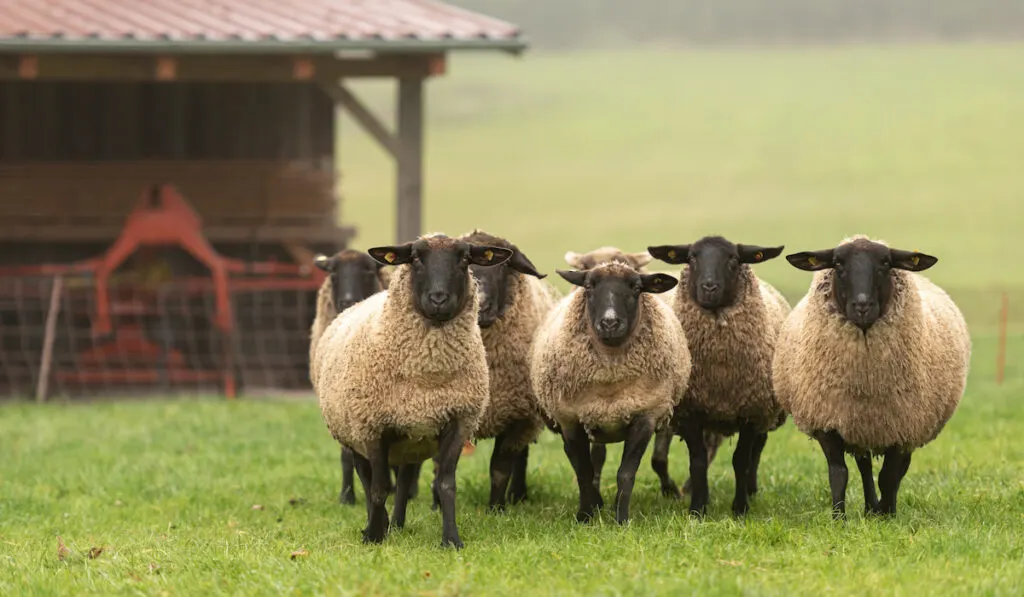
9. Targhee sheep
This breed is primarily bred for its wool. It has soft lustrous wool that is both elastic and resilient. The fleece is a favorite for knitting garments, clothes, and blankets for its ability to take on new colors despite being originally white.
The wool is harvested from when they are 6 – 8 months old, with a yield of about 60% of the harvested weight.
Wool specifications:
Wool type: heavy, soft, medium-wool fleece
Length: 3.5 – 5 inches
Fiber diameter: 21 – 24 microns
Fleece weight: 10 – 12 lbs
10. Cotswold sheep
The Cotswold has the most grades found in the long-wool breeds (38 – 40). Their fleece is characterized by hanging locks, with the fibers lustrous, silky, and slightly golden in color, making it suitable for hand spinners and garments.
Those with more curls of the fleece have more slender wool fibers. The fleece should be kept clean to avoid getting felted and dirty and is shorn about every 8 months to one year.
Wool specifications:
Wool type: long, silky, medium-wool fleece
Length: 8 – 12 inches
Fiber diameter: 32 – 40 microns
Fleece weight: 13 – 15 lbs
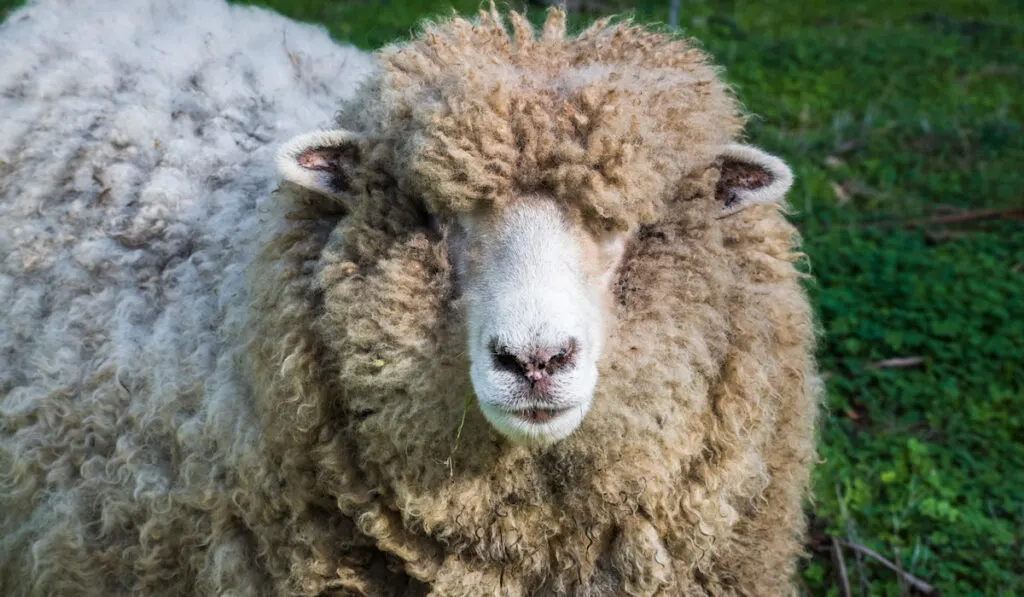
11. Navajo-Churro sheep
The Navajo-Churro is a hardy and highly adaptable breed that is primarily bred for its wool.
The fleece has 3 layers; a protective topcoat, a soft undercoat, and kemp making it well suited for various climates. They are also highly resistant to diseases, enabling them suitable to survive in extreme conditions.
Their fleece is harvested from when they are 6 – 8 months old and comes in a range of shades, making it suitable for making rugs, saddle blankets, and weaves.
Wool specifications:
Type: heavy, coarse long-wool fleece
Length: Inner coat = 3 – 5 inches, outer coat = 6 – 12 inches, with the kemp being short and opaque fibers.
Fiber diameter: Inner coat = 21 – 25 microns; outer coat = up to 35 microns; Kemp = over 65 microns
Fleece weight: Varies.
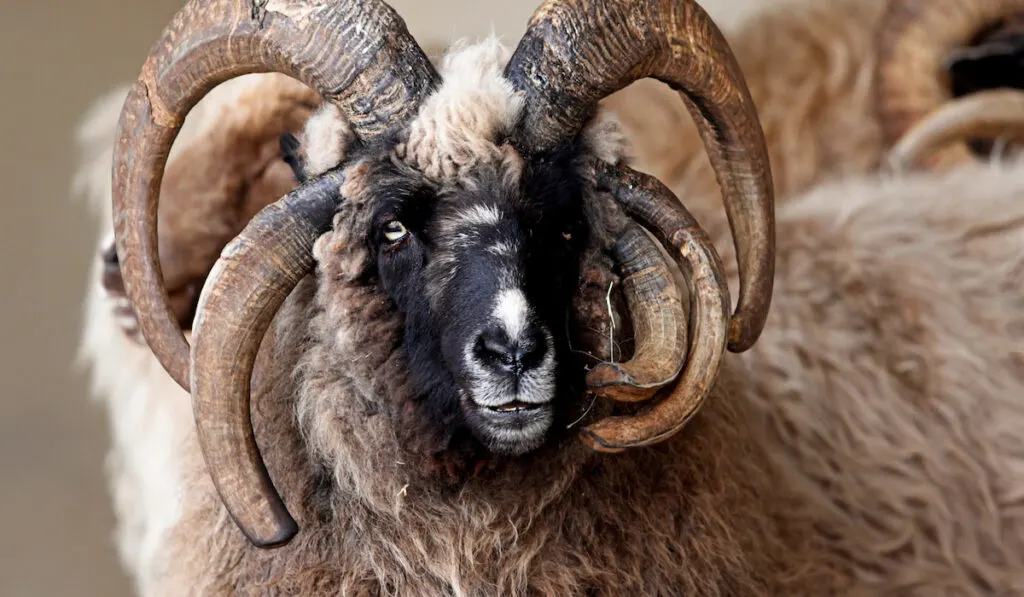
Other breeds for wool
The breeds mentioned above are just but a few of the best breeds for wool. There are, however, so many more breeds best known for wool production. Among them are the Teeswater sheep, Herdwick sheep, Finnsheep, Polwarth sheep, Icelandic sheep, Black Welsh Mountain sheep, Debouillet, Corriedale, among other breeds.
Conclusion
Sheep breeds have various distinct characteristics pertaining to the environment that they thrive in best and their productivity. These factors should be put into consideration when choosing a breed to rear or to cross-breed with another for maximum production.
Resources
- https://www.worldofwool.co.uk/apps/base/blog/sheep-breeds-and-their-characteristics
- https://www.hobbyfarms.com/sheep-breeds-by-wool-type-2/
- https://d1cqrq366w3ike.cloudfront.net/http/DOCUMENT/SheepUSA/Wool_Grades_and_the_Sheep_that_Grow_the_Wool_Scan.pdf
- https://domesticanimalbreeds.com/18-best-wool-producing-sheep-breeds/
- https://blog.armadillomerino.com/blog/introduction-to-merino-wool
- http://afs.okstate.edu/breeds/sheep/oldnorwegian/
- http://afs.okstate.edu/breeds/sheep/columbia/
- https://www.roysfarm.com/columbia-sheep/
- https://www.shetland-sheep.org/about-shetlands/shetland-wool/
- http://afs.ca.uky.edu/livestock/sheep/breeds/lincoln.
- https://www.thespinningloft.com/sheep-o-pedia/m-r/rambouillet/
- https://mountainmeadowwool.com/blogs/the-mmw-blog/breed-spotlight-suffolk
- https://nwyarns.com/blogs/northwest-yarns/know-your-fiber-targhee-sheep
- http://afs.okstate.edu/breeds/sheep/navajochurro/
